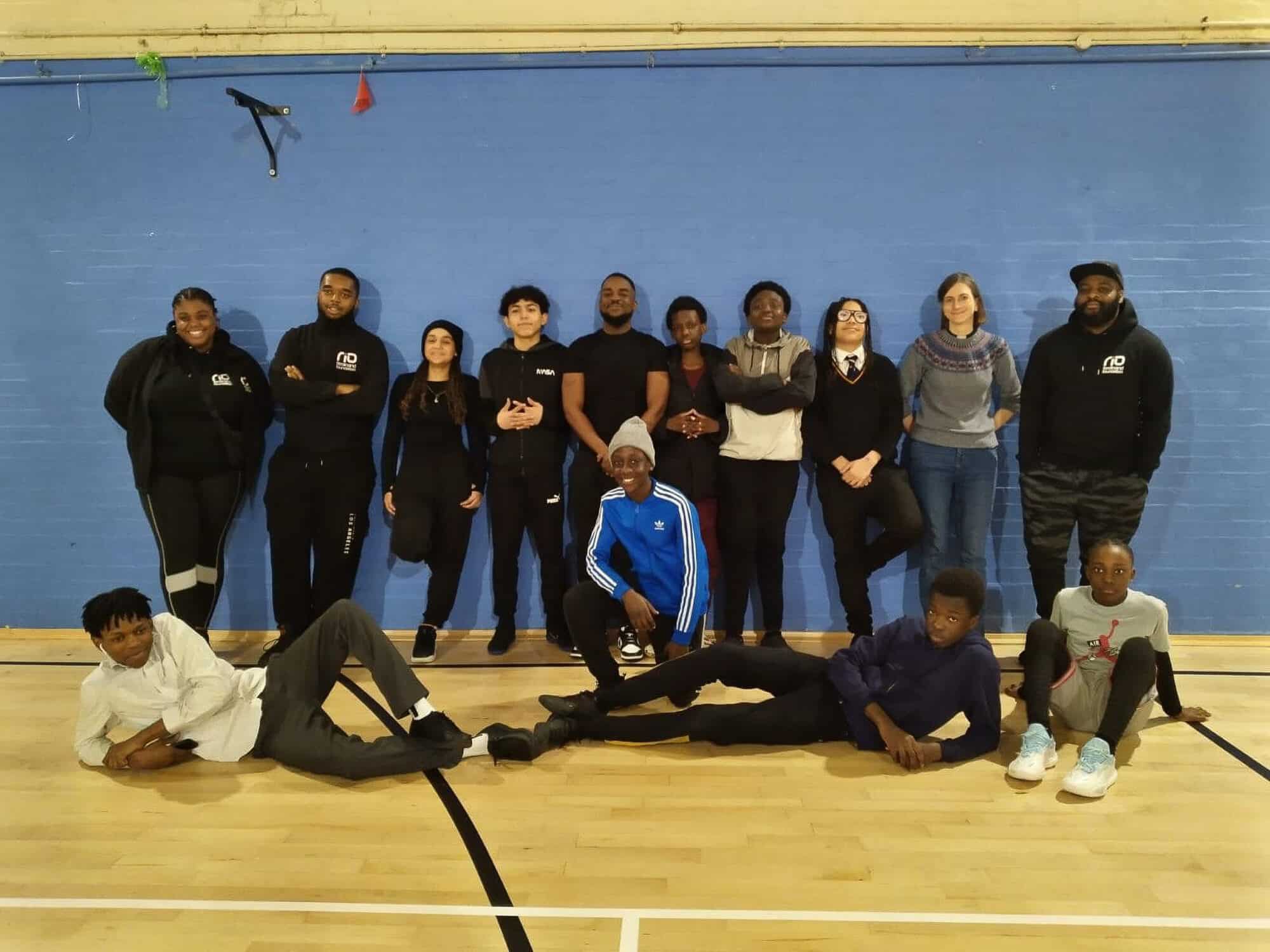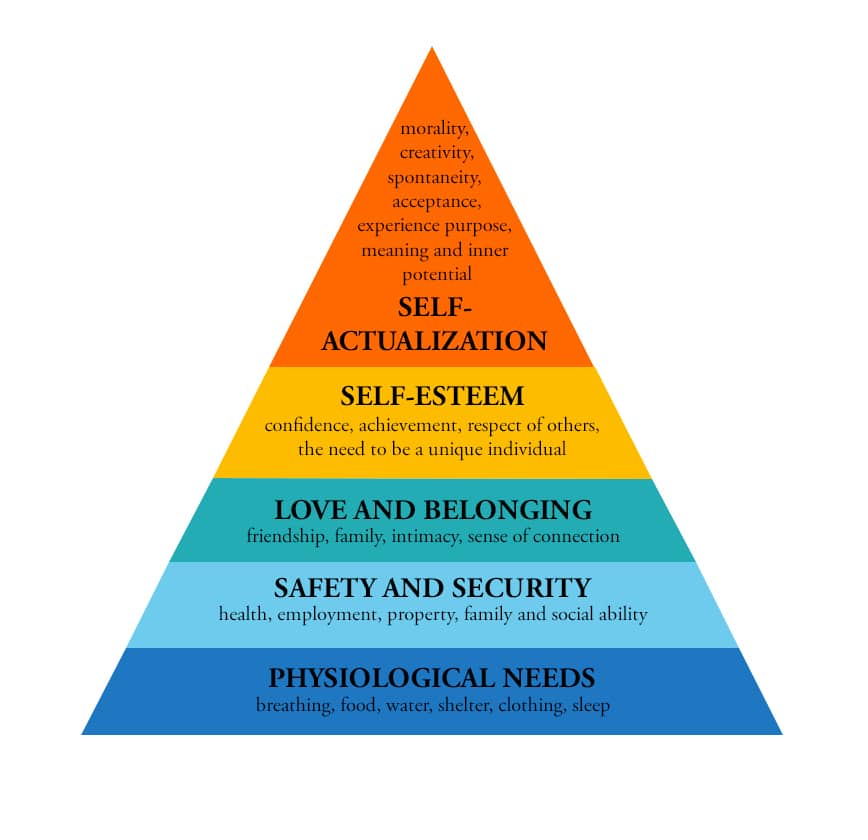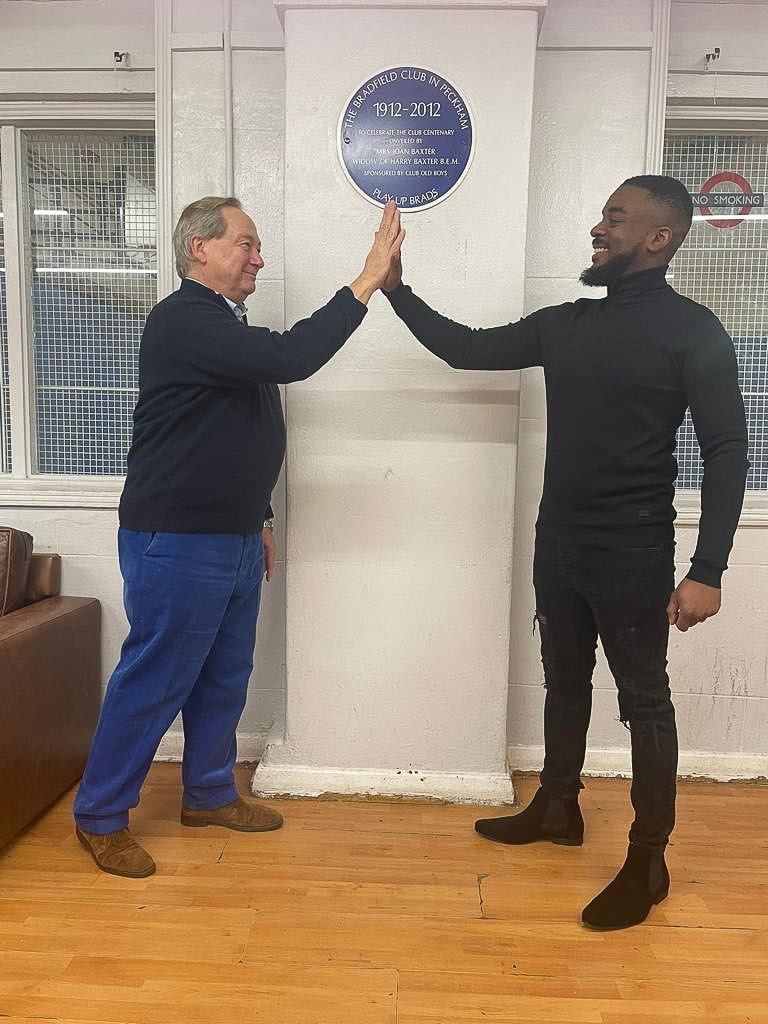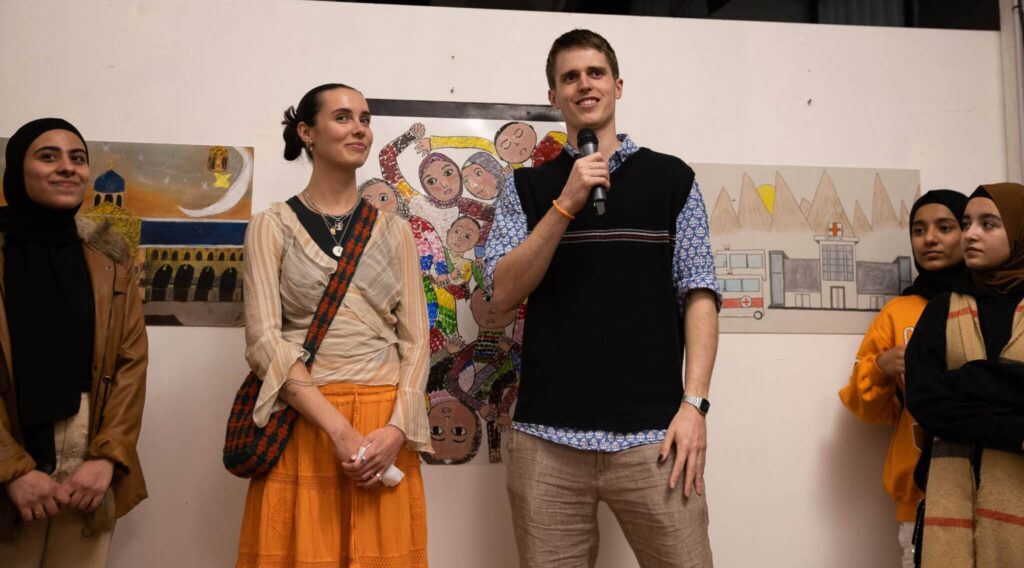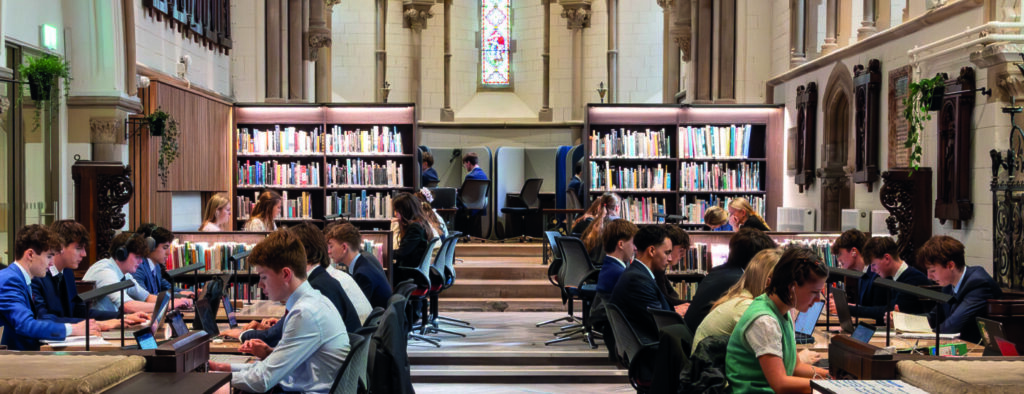The Bradfield Club aims to be a safe haven where these kids can enjoy the best of their rich community without fear that things will be spoiled by someone from the gangs.
I love cooking at the Club and love eating the food made by staff members. I feel safe at the club because all the staff are nice and treat us very well. The only other places I feel safe are sometimes school, home and football club.
The staff always support me and my friends. If I didn’t go to the Club, I’m not sure what I’d do because I hate being inside and my Mum will not let me go to some of the other clubs in the area.
My favourite thing about the Club is football. I feel safe here because the staff will defend me and there are tall gates to keep bad people outside. I feel safer inside the gates rather than outside or at my local park. If I didn’t come to the Club, I would stay home …
The lives the Club touches are enriched and the gratitude expressed by members speaks for itself. The emphasis they place upon the sense of security fostered by the Club is noteworthy and reminds us that things we take for granted in the leafy suburbs are not part of the life experience of many in the inner cities and, when provided, can make a vital difference to youngsters’ life chances.
Maslow’s ‘Hierarchy of Needs’ suggests that a sense of safety is more important to individual happiness than things like family, friendship, and intimacy. Only shelter, clothing, sleep and sustenance are more crucial. Seen in this context, the sense of safety created by the Club would be enough to justify its existence. That it adds opportunities for sport and one-to-one support to the basic security it provides means that what the Club is providing for the young people of Peckham is of even greater worth.


